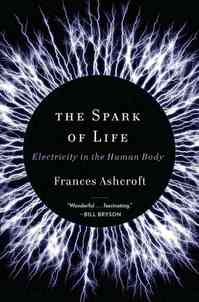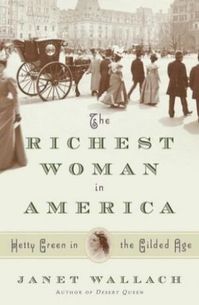J.B. Straubel, Chief Technology Officer of Tesla Motors. Source of photo: online version of the NYT article quoted and cited below.
(p. 2) J. B. Straubel is a founder and the chief technical officer of Tesla Motors in Palo Alto, Calif. The company makes electric vehicles that some compare to Apple products in terms of obsessive attention to design, intuitive user interface and expense.
READING I like to read biographies of interesting people, mostly scientists and engineers. Right now, it’s “Steve Jobs,” by Walter Isaacson. One of my favorites biographies was “Wizard: The Life and Times of Nikola Tesla,” by Marc Seifer, which I read even before Tesla Motors started.
. . .
WATCHING I really like the movie “October Sky.” It’s about a guy who grew up in a little coal-mining town around the time of Sputnik. He fell in love with the idea of building rockets and the movie follows him through his high school years when he’s building rockets and eventually he ends up becoming an engineer at NASA. I watch it every year or so. It’s inspirational. I always come out of it wanting to work harder.
For the full interview, see:
KATE MURPHY. “DOWNLOAD; J. B. Straubel.” The New York Times, SundayReview Section (Sun., April 7, 2013): 2.
(Note: ellipsis added; bold in original.)
(Note: the online version of the interview has the date April 6, 2013.)





